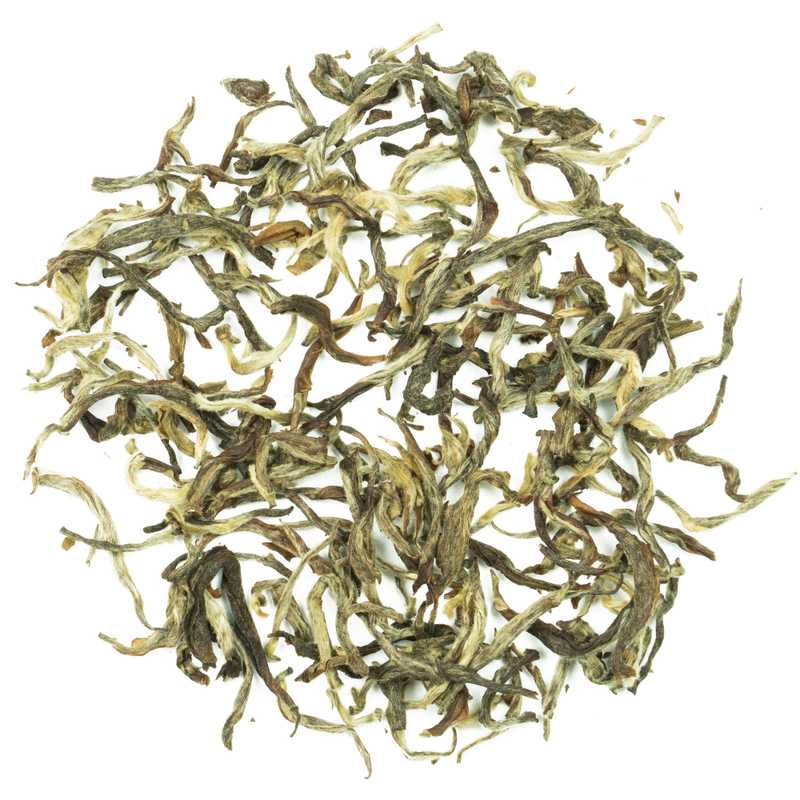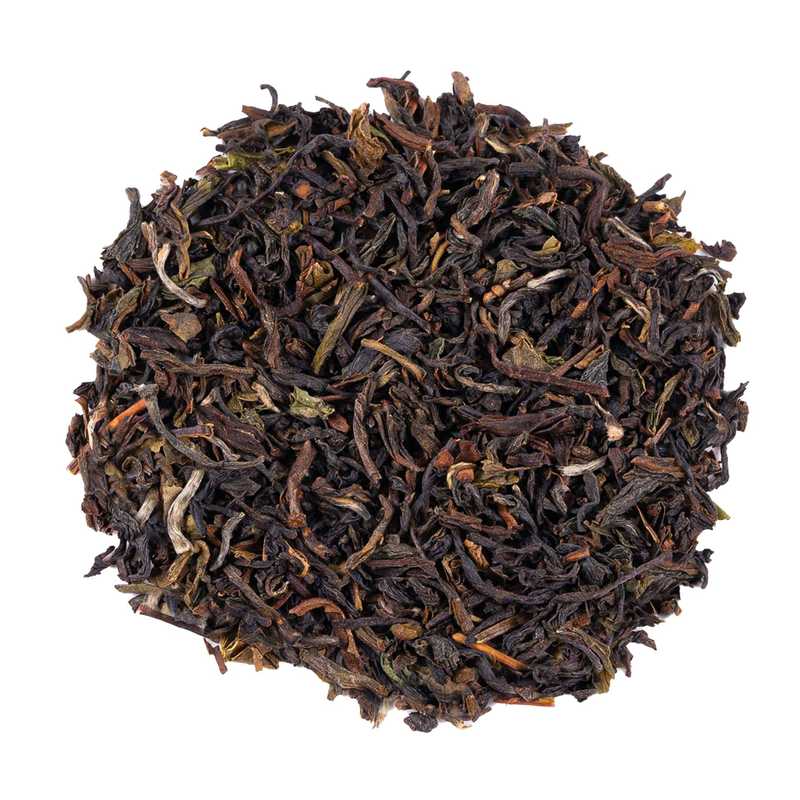Nepal , nestled in the majestic Himalayan ranges, is a land of stunning natural beauty and rich cultural tapestry. Although less known than its neighbors for tea production, Nepal offers a range of high-quality teas that are worth discovering by lovers around the world. This article takes you on a discovery of Nepalese tea, from its humble origins to its growing recognition on the international scene.

History and Origins
Tea cultivation in Nepal began in the mid-19th century, inspired by the successes of tea production in British India. The first plantations were established with plants imported from the Darjeeling region, taking advantage of a similar climate and soil to produce tea of comparable quality. However, it is only in recent decades that Nepalese tea has started to emerge in the global market, gaining reputation for its quality and uniqueness.
Varieties of Tea
Nepal primarily produces black, green, and oolong teas, with an increasing emphasis on organic teas and sustainable production methods.
- Black Tea: Nepalese black teas are renowned for their aromatic richness and complexity, often with floral and fruity notes.
- Green Tea: Light and refreshing, Nepalese green tea offers a range of delicate flavors, marked by a gentle astringency.
- Oolong Tea: Although less common, Nepalese oolong tea is appreciated for its subtle balance between black and green teas, with notes of both floral and creamy.
Tea Producing Regions
Nepalese teas come from several regions across the country, mostly located at high altitudes that provide ideal conditions for growing tea.
- Ilam: The most famous tea-producing region in Nepal, Ilam is often compared to Darjeeling for the quality of its tea. Ilam teas are appreciated for their complex aromatic profile and finesse.
- Panchthar: Less known but just as promising, the Panchthar region produces teas with rich flavors and distinct aromas.
- Dhankuta: Producing mainly green and oolong teas, Dhankuta offers teas with unique characteristics due to its specific microclimate.
Culture and Consumption
Tea drinking in Nepal is a daily practice, reflecting the hospitality and warmth of the Nepalese people. Tea is often consumed with milk and sugar, but growing interest in specialty varieties encourages tasting teas neat to fully appreciate their range of flavors.
Nepalese Tea on the World Stage
Although the international tea market is dominated by large producers, Nepalese tea is starting to make a name for itself thanks to its commitment to quality and sustainability. Small plantations and artisanal production methods attract the attention of tea connoisseurs and lovers, who seek authentic taste experiences and fair trade products.
Nepalese tea, with its rich palette of flavors and growing heritage, represents a fascinating portion of the tea world. By exploring Nepal's teas, fans can discover unique flavors and support an industry that stands out for its respect for nature and quality. As Nepal continues to forge its identity in the world of tea, its teas promise to delight and inspire palates around the world.

At ÔTEKA , our passion for tea translates into an unwavering commitment to quality, traceability and respect for the environment. We are proud to support Nepalese producer communities, promoting fair practices and contributing to the preservation of their rich cultural heritage.
Invitation to Explore
ÔTEKA's collection of Nepalese teas is an invitation to discover the unique flavors and captivating aromas of the Himalayas. Whether you are looking for a robust black tea, a refreshing green tea, a delicate oolong, or a sublime white tea, ÔTEKA offers a range of teas to satisfy the most demanding palates.


